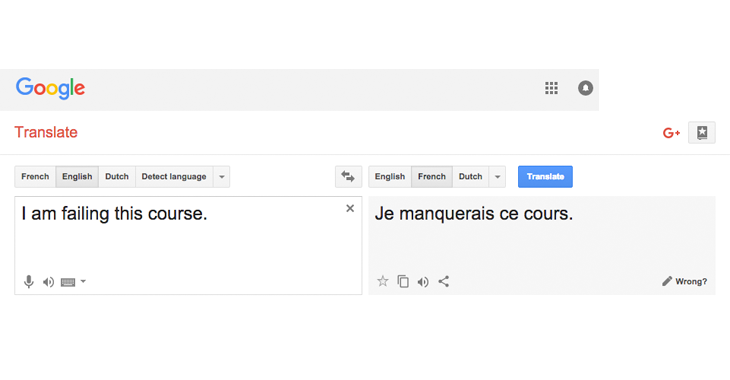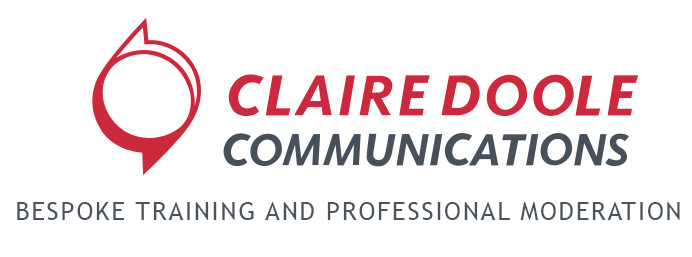
by Jean Milligan | May 11, 2016 | Blog, Writing
Do semicolons terrorise you? Have you forgotten your primary school lessons on comma use? Do you feel guilty when others point out your punctuation errors? You are not alone. Grammar purists pummeled U.S. President Barack Obama’s 2009 Inaugural Address because of a minor grammatical error. If even Obama falls victim to the grammar police, what hope is there for those of us who do not have an army of speechwriters. How do you write even a simple email without being terrified of making a grammatical error. How do you overcome the grammar guilt and fear?
Complicating the issue is that in this internet age, the measure of a person is, in part, taken by assessing his or her knowledge of good grammar. One CEO wrote in the Harvard Business Review: “In blog posts, on Facebook statuses, in e-mails, and on company websites, your words are all you have. They are a projection of you in your physical absence. And, for better or worse, people judge you if you can’t tell the difference between their, there, and they’re.”
Our advice is to first relax, then get the basics right and do your best on the rest. The basics are what we call the six Cs of grammar and punctuation – commas, colons, capitalization and clauses together with being concise and checking your document. Beyond that, if you are unsure remember to always be consistent in how you apply a rule. Consistently right or wrong is much better than erratic usage.
Anyone’s written English can be improved. In Obama’s 2008 Inaugural speech he failed to accord the noun ‘spirit’ (written incorrectly in the singular) with the verb “giving our all’ (which is plural). But when you are asking people to give of themselves, a minor grammatical error should not diminish the power of the call to action. “What is required of us now is a new era of responsibility — a recognition on the part of every American that we have duties to ourselves, our nation and the world; duties that we do not grudgingly accept, but rather seize gladly, firm in the knowledge that there is nothing so satisfying to the spirit, so defining of our character than giving our all to a difficult task.”

by Jean Milligan | Feb 3, 2016 | Blog, Writing
Psychologists have proven that we make major decisions about one another in the first seconds of meeting. This means you do not get a second chance to make a positive first impression.
This is also valid for your report or business plan. The executive summary is where your reader makes his or her first impression about your ideas, information or recommendations. Readers often make rapid decisions by just scanning it. This means your future could depend upon its quality.
Writing an executive summary takes time and effort. Basically, it needs to summarise the main points and conclusions or recommendations. It should answer these questions:
• What is the document about?
• Why is it important?
• What are your propositions or recommendations?
To get started, here are some guidelines to help when drafting text.
Keep it short. It shouldn’t be longer than two pages. As one business writer puts it “If you can’t sell your idea on paper in two pages, well then perhaps you need to reconsider your business idea.”
Use a simple and direct style. It should read like a standalone document giving the essentials, and, of course, do avoid jargon or technical terms unknown to your reader.
Begin with stating the purpose. Your audience may have a limited amount of time so they need to know this from the start.
Present the key points in the same order as they appear in the main document.
Highlight the results, conclusions, or recommendations. Be clear as you don’t want your readers trying to guess the outcomes.
Don’t insert information that is not in the main document.
Check to ensure your summary answers the following questions: Are the key messages evident? Are the main outcomes or recommendation included? Could my readers scan the summary without missing any necessary information? Is the summary compelling enough to persuade the reader to go through the full document?
The last stage is to proofread and edit for language and grammar. Nothing loses a reader’s interest more rapidly then spelling mistakes.
Executive summaries are not simple to write. They require a degree of creativity and a strong capacity to synthesize. To make sure you have got it right, ask a friend or family member to read your summary and tell you if it provides a clear overview and compels the reader to want to learn more.

by Jean Milligan | Oct 8, 2015 | Blog, Writing
I begin my writing workshops for non-native English speakers by expressing my respect and admiration for their efforts. I can speak and read in French fluently, but my attempts to write in it begin with Google Translate.
I follow the simple steps, and enter my English phrase in the box on the left. When the French translation pops up, I can tell it is not quite correct. I try to modify it, but I know I am making it worse. When I am really struggling, I retranslate the French sentence back to English. The result quite often is far from what I originally wrote.
So what is wrong? Google Translate lacks context. The automatic process cannot know if my sentence is part of an email for a family member or a job application. The nuances of word use or grammar for different types of written communication are difficult to standardize. In French, it is even more complex as you have a personal manner of communicating and a more formal one. There is the option that provides other suggested translations, but I am convinced this only complicates matters rather than helps.
In the end, I call for human help. My French friends’ laugh at the errors in my Google translated document and transforms it into something more serious.
I am not telling anyone to stop using Google Translate. I would be lost without it. Machine-generated translations, like Google Translate, are the result of the collaboration of thousands (in Google’s case millions) of people translating millions of words in over 90 languages.
I think though these translations lack the finesse to understand the context of your written material and to make judgments on which word, style or punctuation would be appropriate. So you need to be cautious when using automatic translation tools. They still lack the capacity to understand the person or audience you are writing to or for, and the most appropriate way to do it. It does give you a good start.



